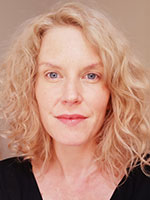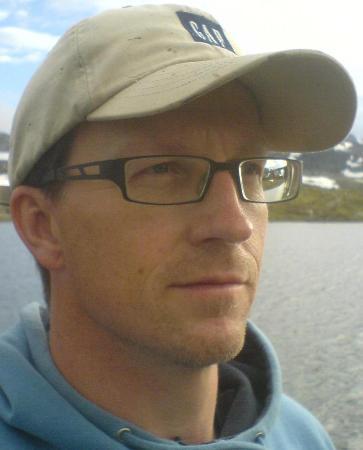Nettsider med emneord «ecology»
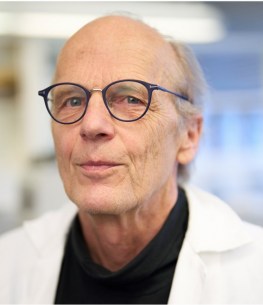
CBA annual lecture will be given on October 13, 2022 by Professor Lars Bakken from Norwegian University of Life Sciences.

Jellyfish are usually not targeted by scientific surveys that focus on commercial fish stocks. However, they are very often found in the by-catch of egg and larval surveys. In a recent paper in ICES journal of Marine Sciences, we studied such by-catch data from surveys conducted between 1959-1993 in the Barents Sea showing the high value of such historic data.
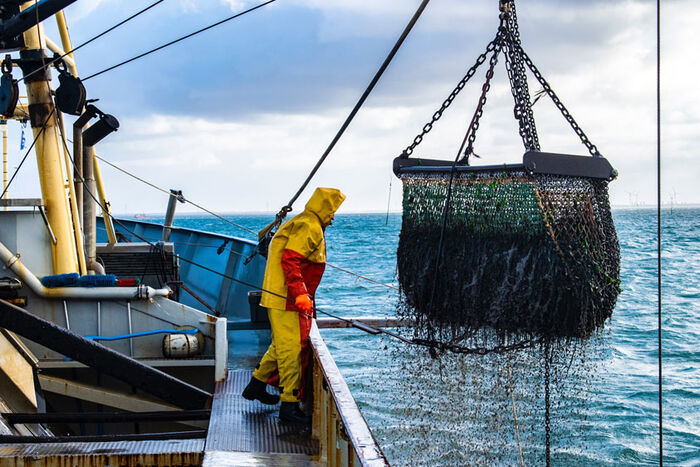
“Social-ecological systems dependent on fisheries must be resilient or adapt to remain viable in the face of change.”
In a paper published in ICES journal of marine science we reviewed the adaptation options in fisheries management to support resilience and transition.
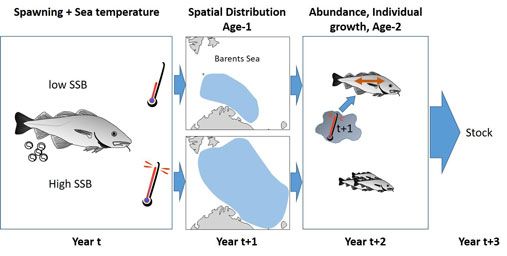
While the importance of early life survival and growth variations for population dynamics is well documented, there is still a relatively limited understanding of how survival and growth is affected by the species’ spatial distribution. In a study published in the ICES Journal of Marine Science, we analysed 24-years of indices of spatial distribution of 1 year old Northeast Arctic cod to study the role of distribution for the change in abundance and mean body size through their second winter of life.
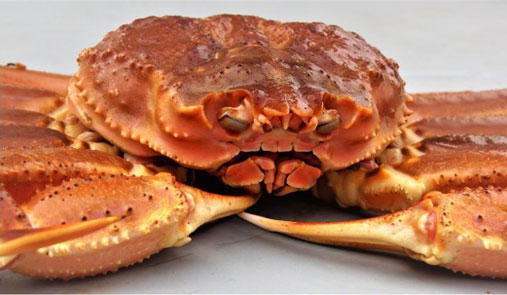
The snow crab (Chionoecetes opilio) is a newly established species in the Barents Sea, increasing in both distribution and abundance in recent years. In this Arcto-Boreal sea, they encountered the most abundant Atlantic cod (Gadus morhua) stock. What happens from here?
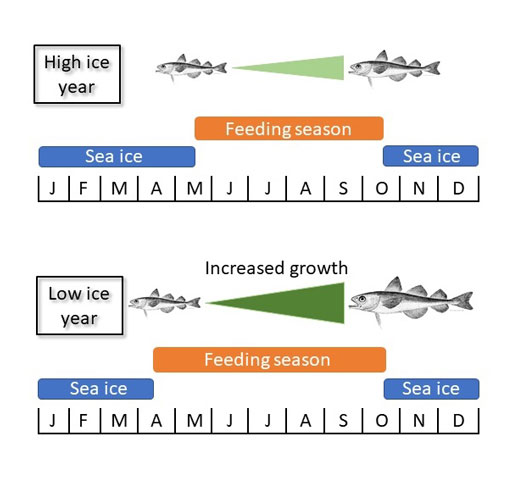
We studied the effect of changes in sea ice cover, sea temperature, and biomass of prey or predator on the length of polar cod. Our results show a significant negative effect of sea ice cover on length of all age groups of polar cod: Polar cod grow faster when there is less sea ice.
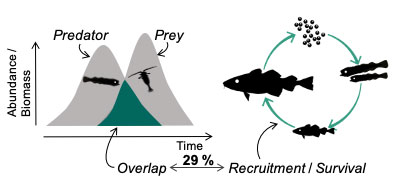
We assessed the effect of the predator−prey relationship on predator survival by developing a novel metric of predator−prey overlap using spatio-temporal statistical models. We found that the amount of overlap between cod larvae (length: 11−15 mm) and their prey explained 29 % of cod recruitment variability.
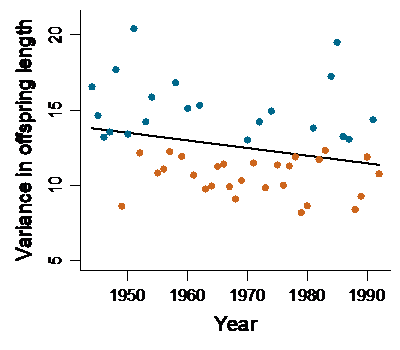
In a recent study, we investigated the impact of size variations within cohorts and how this may affect the stability of cannibalistic populations. We found that large variations in size of the offspring tend to stabilize the population dynamics.
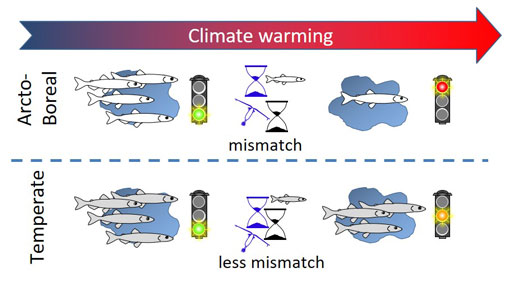
Climate warming is changing the timing of among others the reproduction for plankton or fish. Predators depend on an abundant prey supply to feed their young and insure that they survive. When the timing of the prey and the predator are not in synchrony the predator young cannot feed and are dying: there is a mismatch.

Population abundance depends on production of young and survival of adults. Assessing the contribution of young production to population growth and identify the main drivers of its variability may help to identify appropriate stock management measures. What happens when several stocks, belonging to different trophic levels and habitats, as well as having different exploitation histories are sharing the same environment?
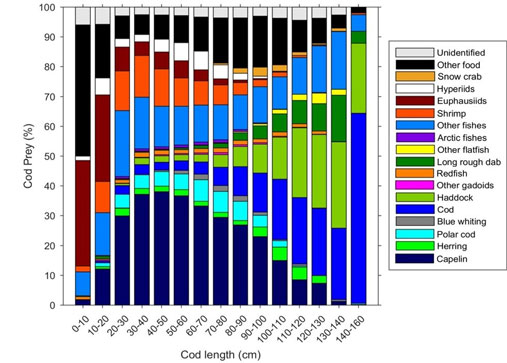
The Atlantic cod is one of the major predator in the Barents Sea estimated to consume over 5 million tonnes of fish in 2017. In a recent paper (Holt et al. 2019) we explore the diet of this species using a unique dataset encompassing 33 years of cod stomach sampling by Russian and Norwegian scientists. This time-series is the most comprehensive available cod diet dataset to date and is crucial in helping to answer ecologically important questions on what cod eat and why it matters for predator-prey and food-web dynamics in the Barents Sea ecosystem.
There are, unfortunately, no master projects available at this stage!
The project “Effects of Neonicotinoids and Temperature on Crop Pollination (NEOPOLL)” is a ~4 year Researcher project awarded Anders Nielsen (PI) over the Miljøforsk program at the Norwegian Research Council. The project started in April 2017. There are several master students involved in the project, investigating different aspects of how neonicotinoids affect bumblebee behaviour and colony development, but also more ecotoxicological approaches related to pesticide accumulation in nectar, pollen and bumblebees.

Many heavily fished fish stocks are dominated by young and small fish. The reason is simple: the chance to reach old age is small. If the fisheries selectively target large fish, the dominance of young and small fish becomes even larger. Such skewed age and size distributions can make the fish populations more sensitive to detrimental effects of oil spills.
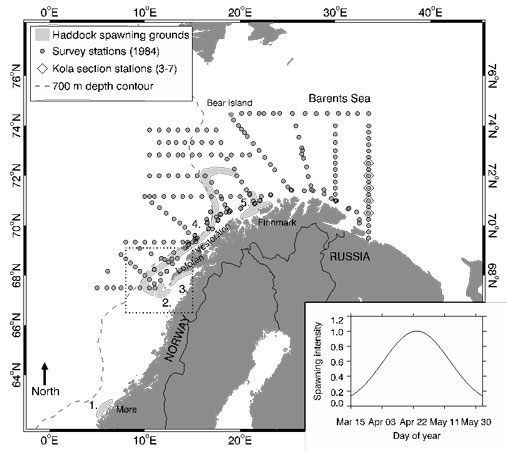
Spawning migration is a prevalent phenomenon for the major fish stocks in the Barents Sea. While many of them migrate to the coast of Norway to spawn they are doing so to different areas. We have studied the Northeast Arctic haddock variability in spawning grounds to understand what drives the observed shifts over time.
The Centre for Ecological and Evolutionary Synthesis (CEES) combines a broad spectrum of disciplines (such as population biology, statistical and mathematical modelling, and genomics) to foster the concept of ecology as a driving force of evolution via selective processes, with a corresponding influence of evolutionary changes on ecology.
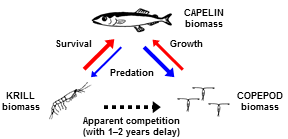
In a study recently published in Ecology we find apparent competition between major zooplankton groups in a large marine ecosystem. Apparent competition is an indirect, negative interaction between two species or species groups mediated by a third species other than their prey.






